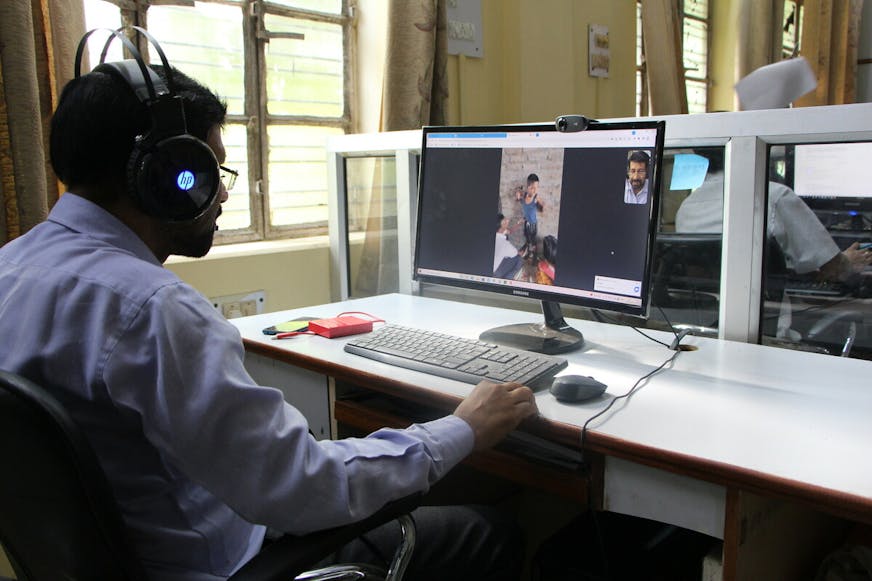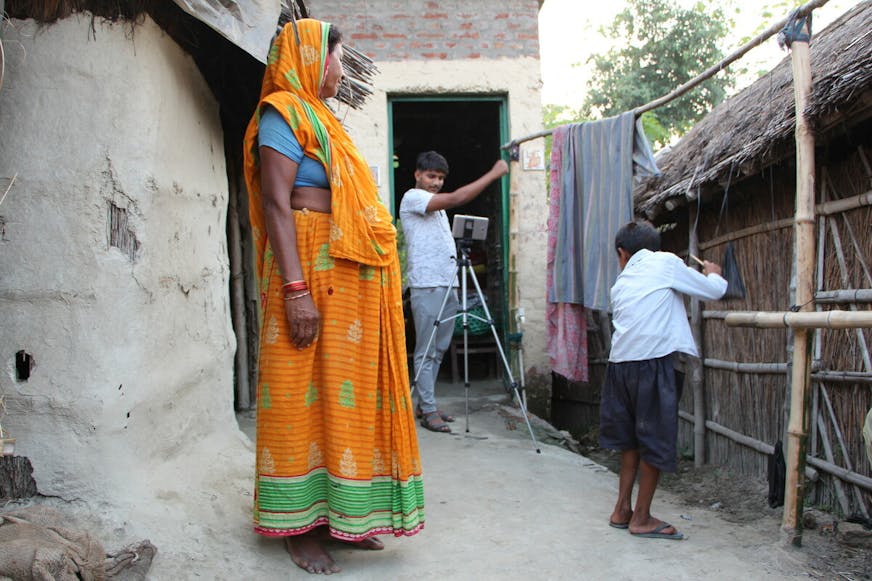The Adoption of Telerehabilitation
CBR, Telerehabilitation and Human Factors
On Tuesday 18th of July, Liliane Fonds organized an online event for their partner organizations in Africa and South-East Asia to discuss the outcomes of a study that mapped all digital solutions in their countries and looked into human factors involved in the adoption of these solutions. For over 60 participants from various countries, three partners presented their digital apps, which were in various stages of development or implementation. The presentations and breakout rooms included rich discussions and exchange on addressing these human factors. With an aim for a world where individuals can thrive, unhindered by physical or societal barriers, and confidently lead fulfilling lives, we focus on delivering diverse rehabilitation needs through a multifaceted approach. Central to our mission is Community Based Rehabilitation (CBR), which fosters social justice and enables environments that promote better quality of life. Operating on multiple levels, from the family to the international stage, CBR helps to bring together a network of community members, stakeholders and services to empower individuals and communities.
Recognizing the transformative potential of technology, we have been investigating the benefits of integrating telerehabilitation into local services as support – not replacement – to make these services (better) accessible. By leveraging Information and Communication Technology (ICT), telerehabilitation helps overcome geographical barriers and offers user-friendly, cost-effective, and flexible solutions. This innovation benefits policymakers, providers, budgets, and, most importantly, the beneficiaries themselves.
However, as we embrace telerehabilitation, we are aware of the human factors that impact its success. Human factors, an interdisciplinary science combining psychology, engineering, and design, aims to optimize human-environment interactions. Our approach addresses challenges such as limited knowledge of telerehabilitation, digital literacy, ethical concerns regarding data privacy, the need for stakeholder partnerships, and the list goes on …
To ensure successful adoption of telerehabilitation, we must bridge the digital divide by empowering individuals to use and embrace technological advancements confidently. For instance, through easy and comprehensive ICT skills training. While some scepticism and resistance to change may arise, addressing these human factors helps to bridge the gap towards a positive user experience. We must focus on establishing and supporting telerehabilitation know how, foster acceptance and trust within the communities in question. We do this not by reinventing the wheel but based on a mapping of what is out there in terms of digital solutions, brokering this knowledge within our partner network, exploring if and how solutions can be adjusted to local context or connected, and how these solutions can be embedded within available structures and service delivery models.
Our unwavering commitment to advancing (re)habilitation services drives us forward. By creating and embracing a seamless integration of CBR, telerehabilitation, as well as an acute understanding and knowledge translation of human factors, we can transform current telerehabilitation into more holistic, inclusive, and transformative rehabilitation services.
For more information on this research, contact Angelique Kester.


